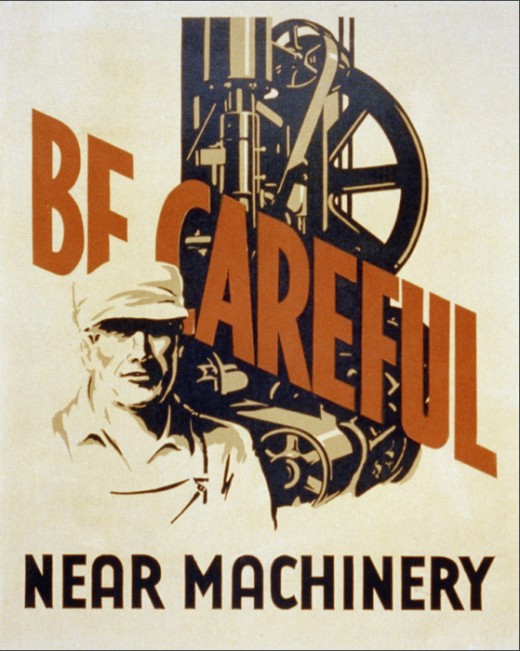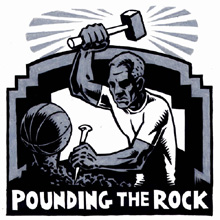The Pace of Change
One of the best ongoing online series on leadership and business is the New York Times fantastic 'Corner Office' interviews conducted by Adam Bryant. In each piece, Bryant talks with a company CEO about business philosophy, their thoughts around people management, and often, and of particular interest to HR and recruiting professionals, the hiring and interview process. 
In the most recent installment, Bryant talked with Harry West, CEO of the innovation design firm Continuum, and while Mr. West had some interesting things to share about interviewing and hiring - 'I ask a few very basic questions. “What is it you want to do? What is it that you’re good at? What is it that you’re not good at? Tell me about what you’ve done.”, the most intriguing part of the Corner Office piece was an observation West made about change, and specifically the speed in which change can be effected inside an organization.
Here's the passage from the Times article:
Pacing is really important in an organization. When you’re leading, you’re generally trying to lead change, and I think it was Roy Amara, who said about technology, “We tend to overestimate the effect of a technology in the short run and underestimate the effect in the long run.” And I think the same applies to change within an organization.
Let that sink in for a second, we overestimate the impact of a (technology) change in the short run, and underestimate it in the long run. I think with the relentless, powered by social networks, 24/7 news and information cycle that can often lead to even more hype and therefore expecations about new technologies, that managing expectations and understanding an organization's ability to navigate through any significant change is more important than ever. But don't take my word for it, check what CEO West has learned about the pace of change in his career:
And so I’ve learned that it’s critical to think carefully about the pace of change, and it’s something that I’ve learned the hard way. It’s important to manage that carefully, because it’s not just about the pace of change that certain people in the company can manage.
It’s about the pace of change that the company as a whole can manage. You can push and push and nothing seems to happen, and then suddenly it takes off and you’re sort of running to catch up.
Look, we all know that change management is critical in any major process, strategy, or technology program or implementation. But I think it is incredibly easy to fail to have the proper appreciation and empathy for those whose worlds our great ideas and plans are going to impact. In other words, it often isn't about your ability to handle change, ambiguity, or stress - it's about everyone else's too.
Neither West, nor I are advocating standing still, or waiting for the perfect conditions to effect change, but an occasional reminder that the pace of change might be equally important as the nature of the change is a good one.

 Steve
Steve





